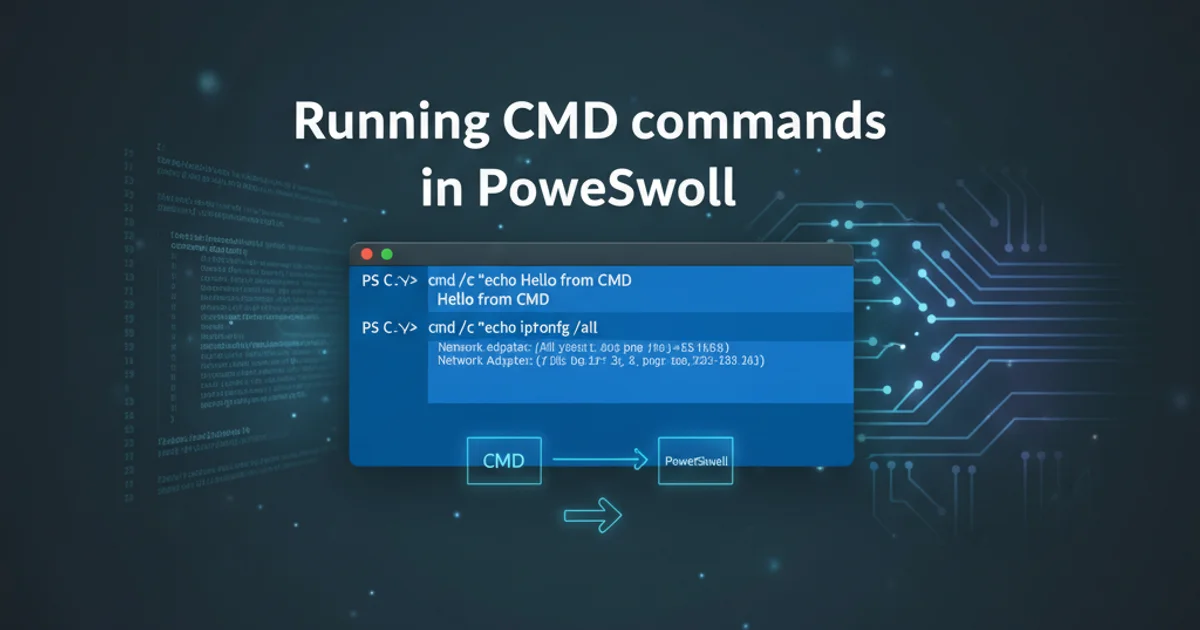Deleting the Core Data store from iCloud
Categories:
Deleting the Core Data Store from iCloud in iOS 7

Learn how to properly delete and reset your Core Data store when it's integrated with iCloud, addressing common synchronization and data corruption issues in iOS 7.
Integrating Core Data with iCloud in iOS 7 can be powerful for seamless data synchronization across devices. However, during development or when encountering data corruption, you might need to completely delete the Core Data store from iCloud. This process is not as straightforward as deleting a local file, as iCloud's distributed nature requires specific steps to ensure the data is purged from all synchronized locations. This article will guide you through the necessary steps and considerations for effectively deleting your Core Data store from iCloud.
Understanding iCloud Core Data Synchronization
Before diving into deletion, it's crucial to understand how Core Data interacts with iCloud. When you enable iCloud for Core Data, your persistent store coordinator uses an NSPersistentStoreUbiquitousContentNameKey and NSPersistentStoreUbiquitousContentURLKey to specify where the transaction logs and metadata are stored in iCloud. Changes are recorded as transaction logs and pushed to iCloud, which then propagates them to other devices. Deleting the local store alone does not remove the data from iCloud; it merely stops the local device from syncing with it. The data remains in iCloud and will re-download if the app is reinstalled or run on another device.
flowchart TD
A[App on Device 1] --> B{Core Data Persistent Store}
B --> C[iCloud Transaction Logs]
C --> D[iCloud KVS/Ubiquity Container]
D --> E[iCloud Sync Service]
E --> F[iCloud Transaction Logs]
F --> G{Core Data Persistent Store}
G --> H[App on Device 2]
subgraph Deletion Process
I[Delete Local Store] --> J{iCloud Data Remains}
J --> K[Manual iCloud Purge Required]
end
C -- "Writes transaction logs" --> D
D -- "Propagates changes" --> E
E -- "Distributes to devices" --> F
A -- "Saves data" --> B
H -- "Receives data" --> GSimplified iCloud Core Data Synchronization and Deletion Challenge
Methods for Deleting iCloud Core Data Stores
There are primarily two ways to delete your Core Data store from iCloud: programmatically within your app, or manually through system settings. The programmatic approach is often preferred for development and testing, while the manual method is a user-facing option for complete data reset. Both methods have their nuances and potential pitfalls.
Programmatic Deletion (Development/Testing)
For development and testing, you can programmatically remove the iCloud data associated with your app. This typically involves deleting the ubiquitous content URL and then removing the local store. The key is to ensure that iCloud has enough time to process the deletion request before the app attempts to re-sync. This often requires a delay or a restart of the application.
- (void)deleteiCloudCoreDataStore {
// 1. Close the persistent store coordinator
// This is crucial to release file handles
NSPersistentStoreCoordinator *psc = self.managedObjectContext.persistentStoreCoordinator;
for (NSPersistentStore *store in [psc persistentStores]) {
NSError *error = nil;
if (![psc removePersistentStore:store error:&error]) {
NSLog(@"Error removing persistent store: %@", error);
}
}
// 2. Delete the local store file
NSURL *storeURL = [[self applicationDocumentsDirectory] URLByAppendingPathComponent:@"YourAppName.sqlite"];
if ([[NSFileManager defaultManager] fileExistsAtPath:[storeURL path]]) {
NSError *error = nil;
if (![[NSFileManager defaultManager] removeItemAtURL:storeURL error:&error]) {
NSLog(@"Error deleting local store: %@", error);
}
}
// 3. Delete iCloud ubiquitous content
// This is the critical step for iCloud data
NSURL *ubiquitousContentURL = [[self applicationDocumentsDirectory] URLByAppendingPathComponent:@"iCloudLogs"]; // Or wherever your logs are
if ([[NSFileManager defaultManager] fileExistsAtPath:[ubiquitousContentURL path]]) {
NSError *error = nil;
if (![[NSFileManager defaultManager] removeItemAtURL:ubiquitousContentURL error:&error]) {
NSLog(@"Error deleting iCloud logs: %@", error);
}
}
// 4. Reset the persistent store coordinator and managed object context
// This will force a re-creation of the store
_managedObjectContext = nil;
_persistentStoreCoordinator = nil;
_managedObjectModel = nil;
// 5. Optionally, restart the app or wait for iCloud to catch up
// In a real app, you might want to show a message and quit.
NSLog(@"Core Data store and iCloud content deleted. Please restart the app.");
}
- (NSURL *)applicationDocumentsDirectory {
return [[[NSFileManager defaultManager] URLsForDirectory:NSDocumentDirectory inDomains:NSUserDomainMask] lastObject];
}
Objective-C code for programmatic deletion of Core Data store and iCloud content.
NSPersistentStoreCoordinator's metadataForPersistentStoreOfType:URL:error: to check for iCloud metadata and then removeUbiquitousContentAndPersistentStoreAtURL:options:error: for a more official way to remove the ubiquitous content.Manual Deletion (User-Facing)
For end-users, the primary way to delete an app's iCloud data is through the iOS Settings app. This method ensures that the data is purged from iCloud and all devices associated with that iCloud account. This is typically used when a user wants to completely reset an app's data or free up iCloud storage.
1. Open Settings
Navigate to the 'Settings' app on your iOS device.
2. Access iCloud Settings
Tap on your Apple ID at the top, then select 'iCloud'.
3. Manage Storage
Under the 'iCloud' section, tap on 'Manage Storage'.
4. Find Your App
Scroll down and locate your application in the list of apps using iCloud. The list is usually sorted by storage usage.
5. Delete Data
Tap on your app, then select 'Delete Data...' or 'Delete Documents & Data'. Confirm the deletion when prompted. This will remove all data associated with your app from iCloud.